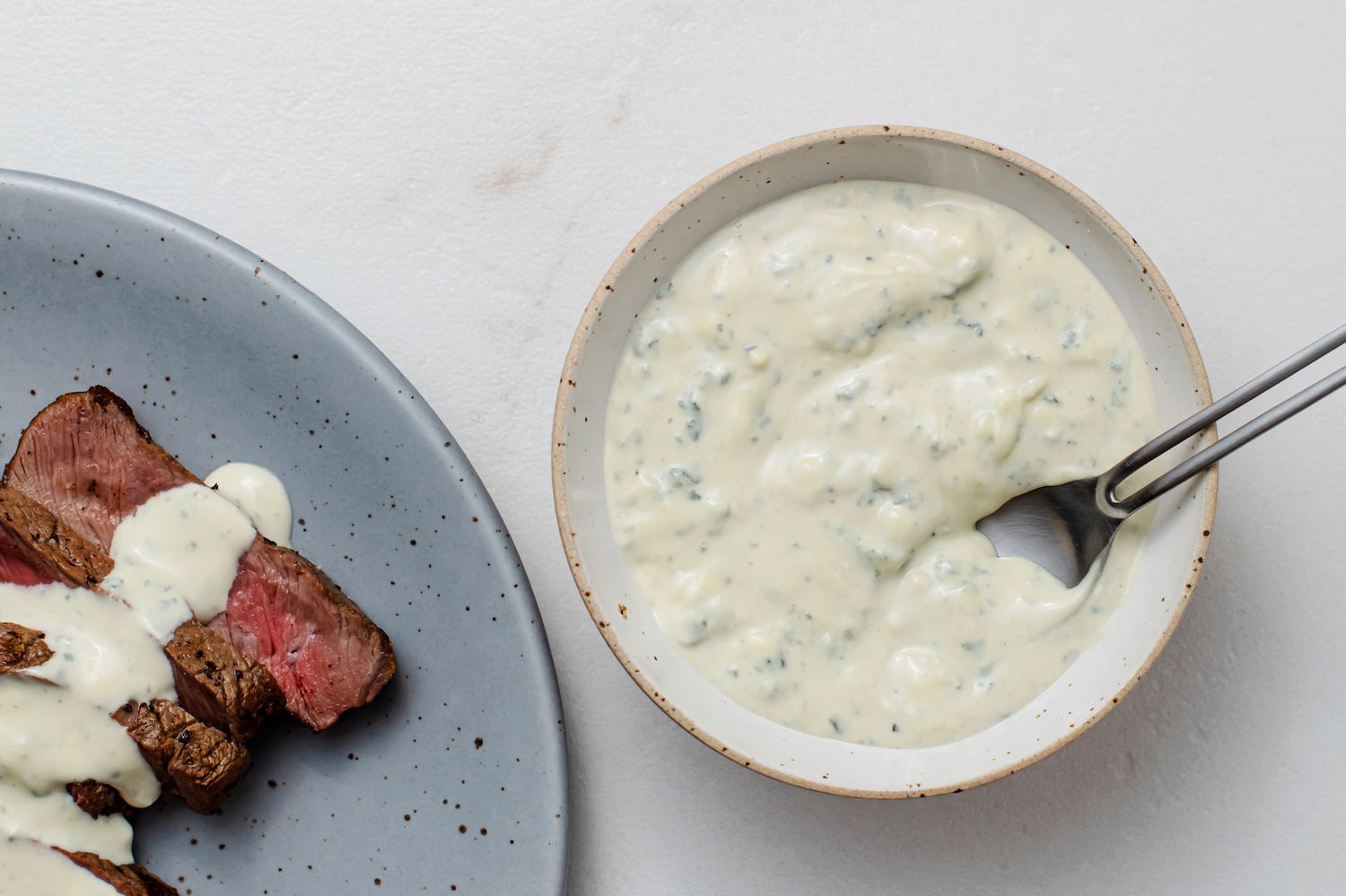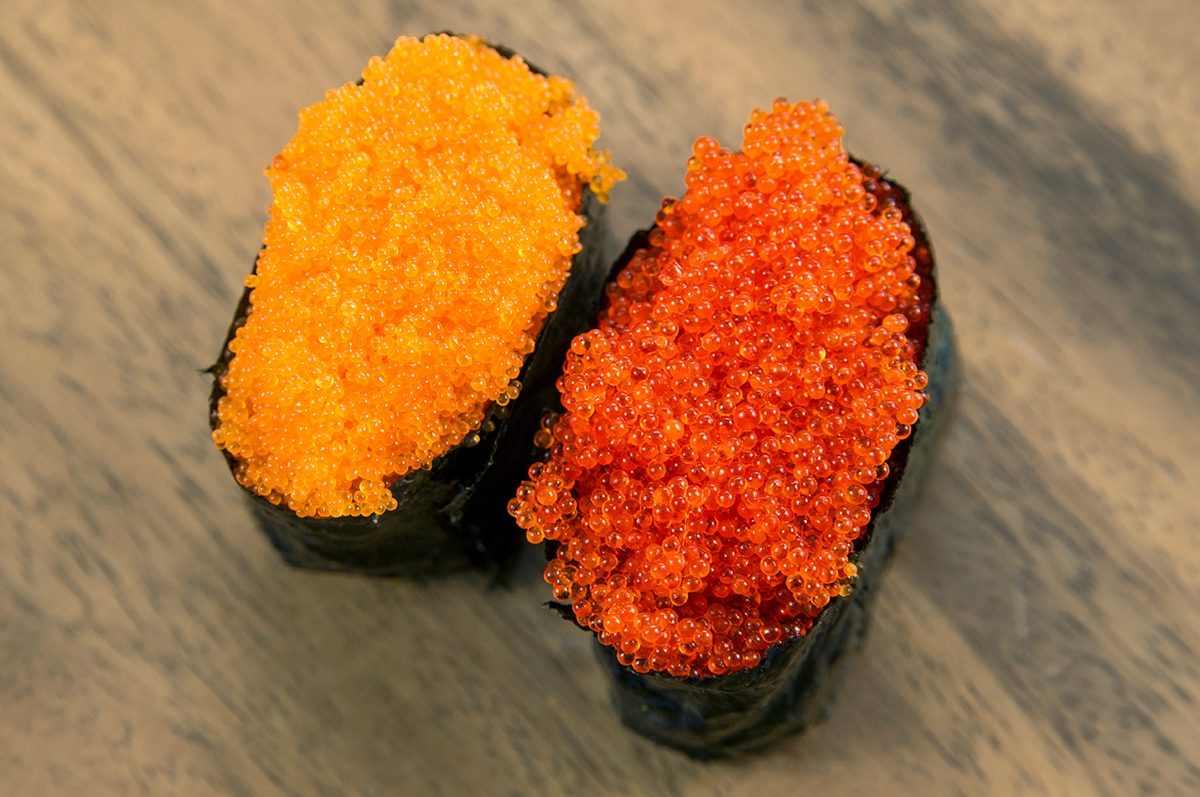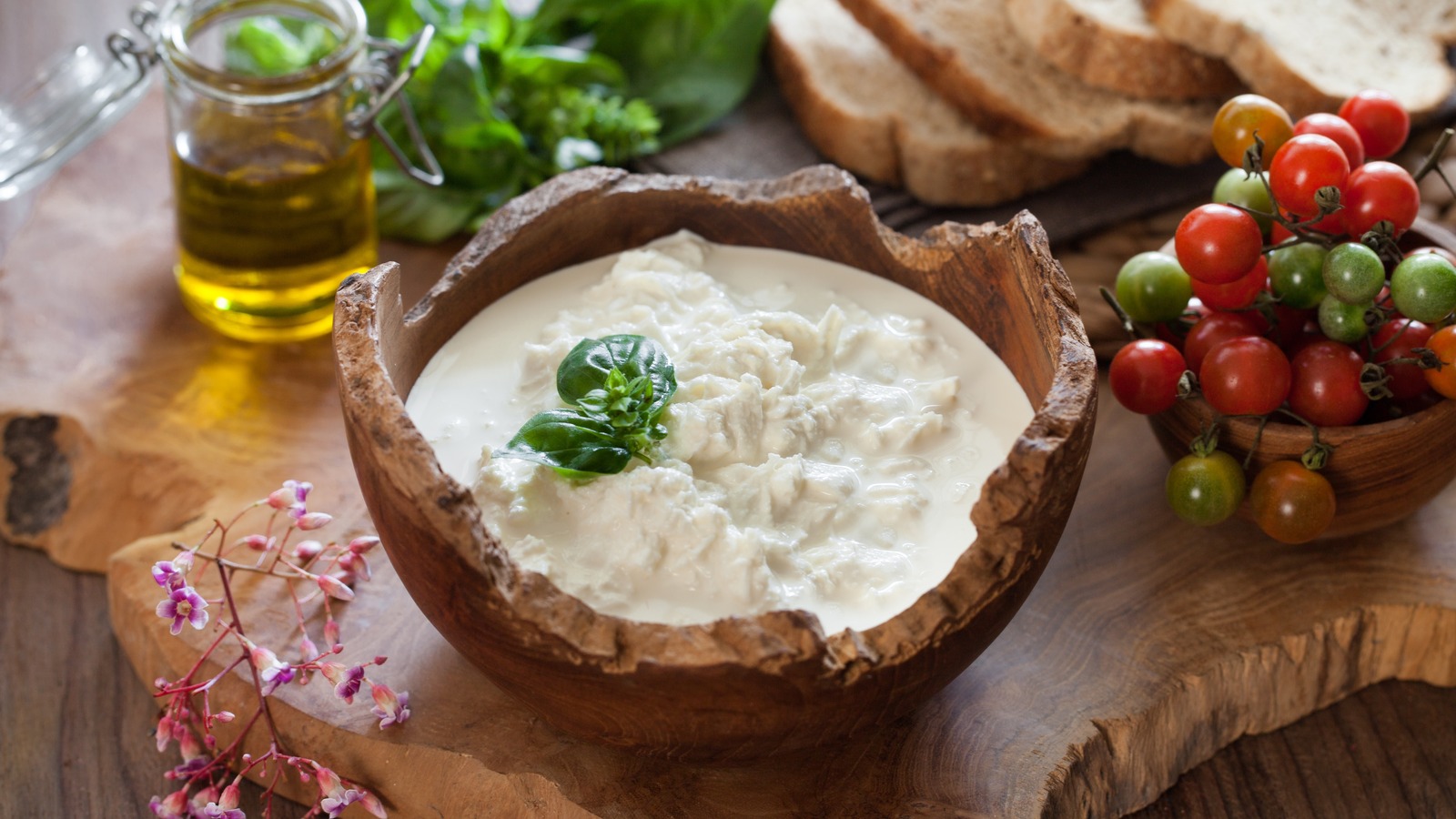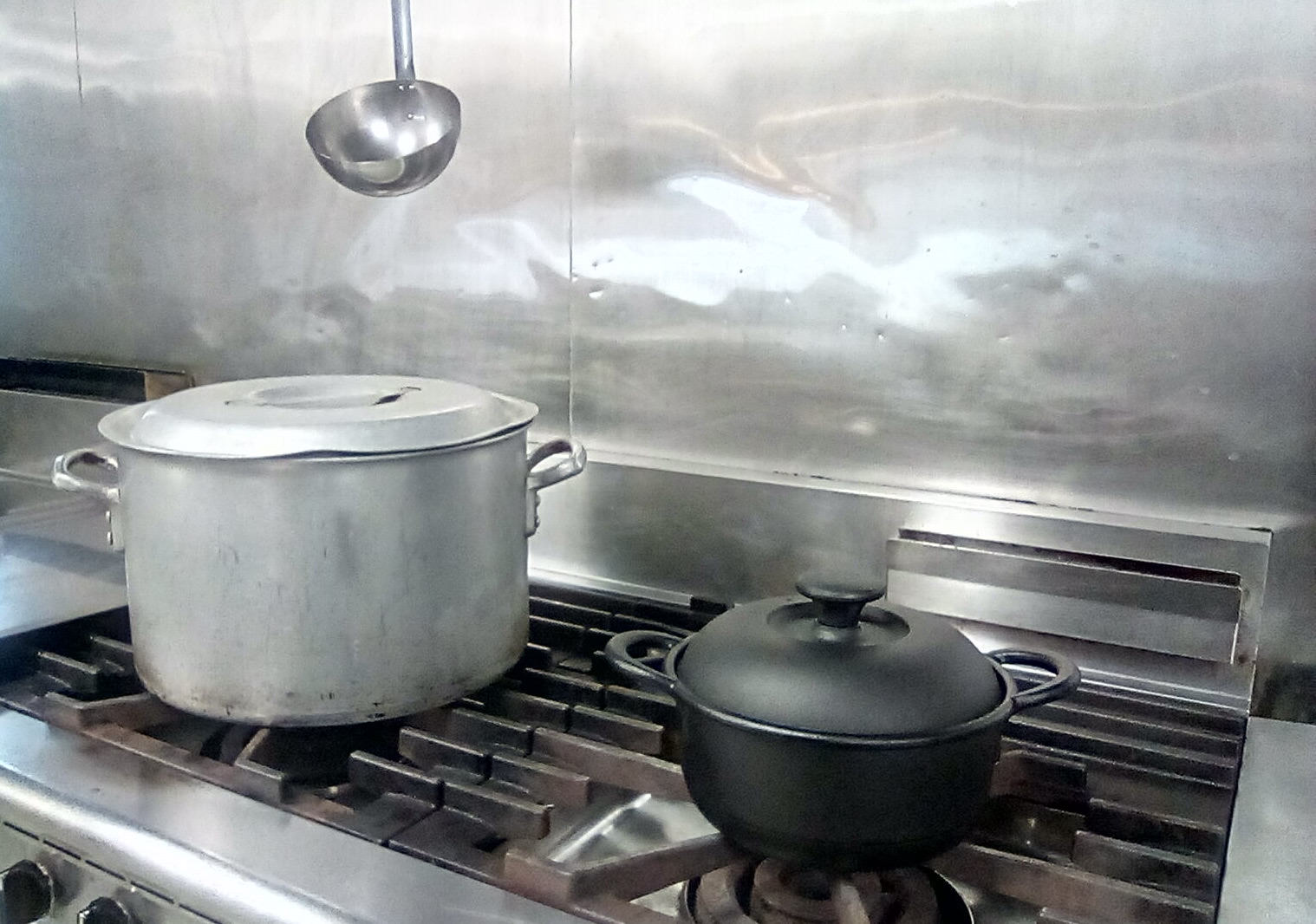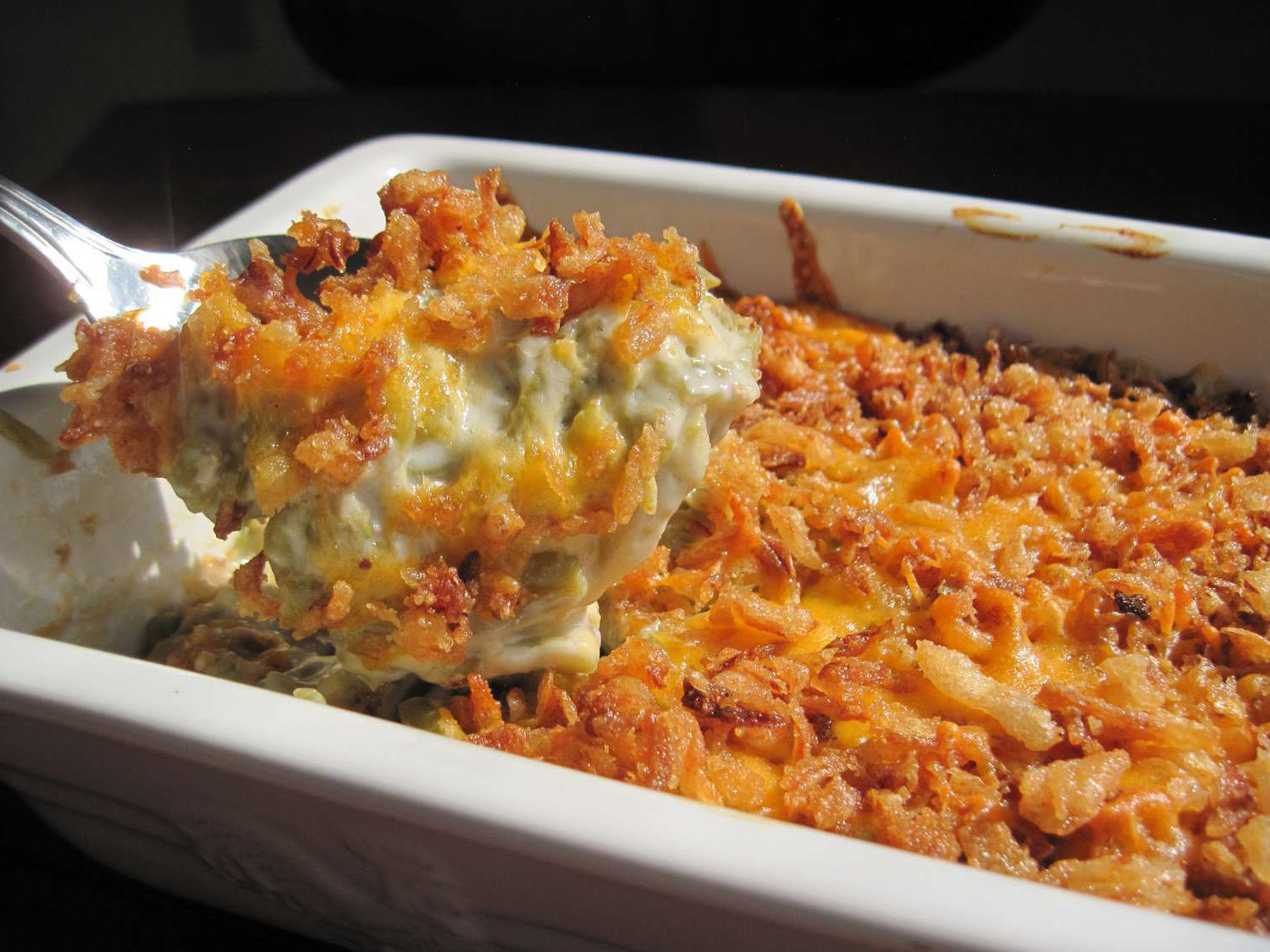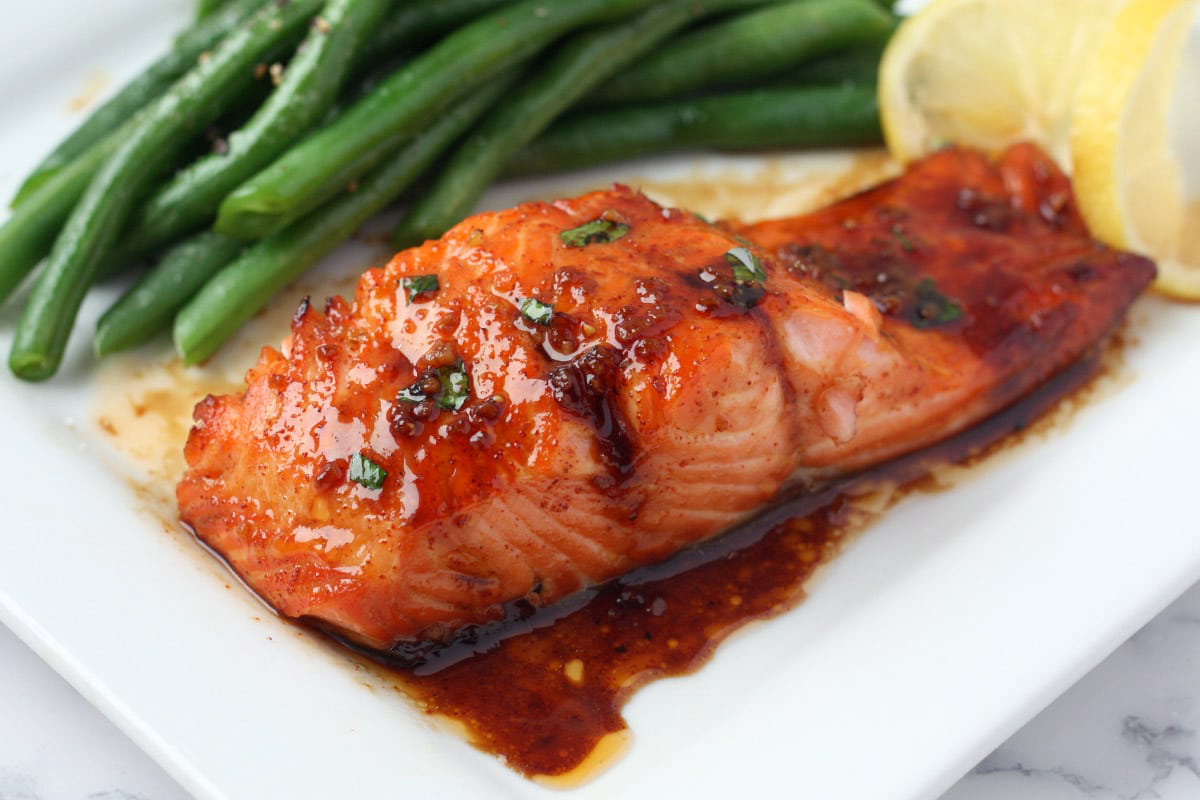Understanding the Ingredients of Tempeh
Tempeh is a popular plant-based protein source that has been gaining attention in the health and wellness community. This fermented soy product has a unique texture and nutty flavor, making it a versatile ingredient in various dishes. If you’re curious about what goes into making tempeh, let’s take a closer look at the key ingredients.
Soybeans
Soybeans are the primary ingredient used to make tempeh. These legumes are rich in protein, fiber, and essential nutrients, making them a valuable component of a plant-based diet. The soybeans used in tempeh production are typically dried and dehulled before being used to prepare the fermented product.
Vinegar
Vinegar is an essential component in the tempeh-making process. It helps create the acidic environment necessary for the fermentation of the soybeans. Additionally, vinegar contributes to the characteristic tangy flavor of tempeh.
Rhizopus Oligosporus
The fermentation of soybeans into tempeh is facilitated by a specific type of mold known as Rhizopus oligosporus. This mold plays a crucial role in the fermentation process, binding the soybeans together to form a firm, cake-like structure. The presence of Rhizopus oligosporus also contributes to the development of the unique flavor profile associated with tempeh.
Water
Water is used to hydrate the soybeans and create the ideal environment for the growth of the fermentation mold. It is an essential ingredient in the initial stages of tempeh production, helping to kickstart the fermentation process.
Conclusion
Tempeh is made from a simple yet powerful combination of soybeans, vinegar, Rhizopus oligosporus, and water. The fermentation of these ingredients results in a nutrient-dense, protein-rich food that can be enjoyed in a variety of culinary applications. Whether you’re a seasoned tempeh enthusiast or someone looking to explore plant-based protein options, understanding the ingredients of tempeh sheds light on the natural processes that contribute to its unique characteristics.
Was this page helpful?
Read Next: What Is Steak Marinade?

